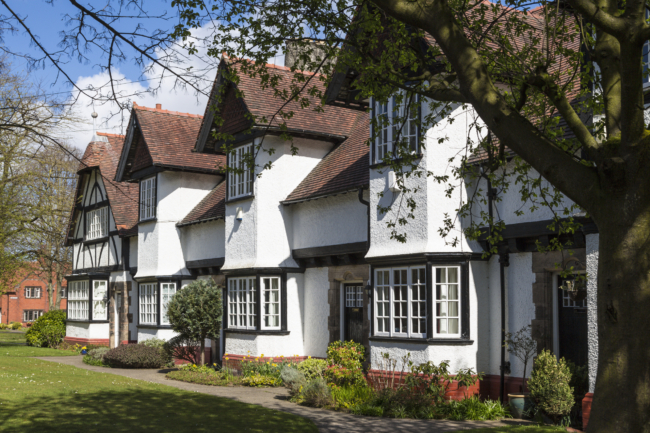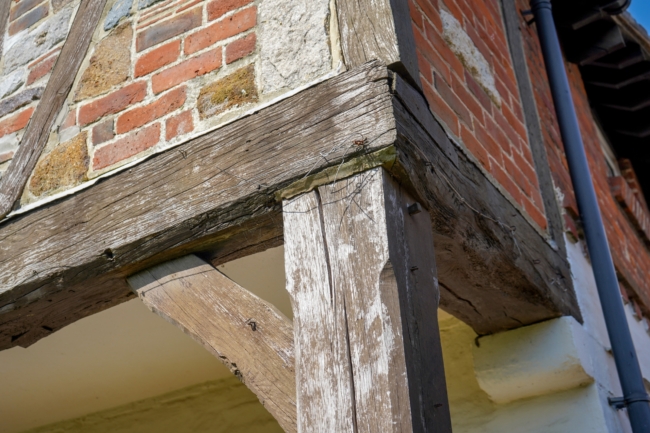
In this article, we invite you on a journey to explore some of the most beautiful listed buildings in England.
If you are thinking of buying a listed building in Scotland, understanding the unique grading categories is essential. Unlike England, Wales, and Northern Ireland, Scotland has its distinct approach. Our listed building insurance advisors have prepared a detailed guide to help you navigate the how listed buildings are graded and what each category signifies. Scotland’s architectural landscape is incredibly diverse and rich, spanning over 30,000 square miles and featuring over 47,400 listed buildings.
The variety is vast, encompassing not just residential properties but also man-made structures like statues, sundials, and fountains. Significant buildings such as castles and churches, including the modern Craigsbank parish church, are notable examples.
Listed Buildings Scotland
Source: craigsbankchurch.org.uk
Scotland embarked on its journey to preserve its architectural heritage when it enacted the Town and Country Planning (Scotland) Act of 1947. The ongoing effort is now under the guidance of the Planning (Listed Buildings and Conservation Areas Scotland) Act 1997, which directs this crucial work. The Scottish Government’s agency, Historic Scotland, plays a pivotal role in classifying buildings as listed, a task vital for safeguarding and promoting Scotland’s historic environment.
In accordance with English guidelines, Scotland acknowledges listed buildings for their special historical or architectural significance. Historic Scotland places particular emphasis on the importance of these structures contributing to Scotland’s unique character and being readily visible and accessible elements of the nation’s rich heritage.
Scotland categorises its listed buildings into three distinct classes: A, B, and C, each representing different levels of importance and interest:
Category A is the highest level of listing in Scotland, denoting buildings of national or international architectural or historic importance. These are often perfect examples of a particular architectural period or style. Dunrobin Castle in Golspie is a prime example, listed in 1971. With its 189 rooms and over a thousand acres of landscaped gardens, the castle is a magnificent representation of architectural excellence.
Interestingly, only a small fraction, about 7%, of all listed buildings in Scotland, are classified under Category A.
Buildings in Category B are significant at a regional level or hold more than local importance. They are typically outstanding representations of a specific period, style, or type of building, even if they have undergone alterations. The Glasgow Sheriff Court, known as the busiest court in Europe, is a Category B listed building.
It was accorded this status in 2014. Impressively, around half of all listed buildings in Scotland fall under Category B.
Category C includes buildings that hold local importance. These might not be the finest examples of a particular period or style but are valuable nonetheless. They often form part of a larger group, such as estates or industrial complexes. The majority of listed structures in Scotland, about 43%, are categorized under Category C.
A notable instance is The Soap Factory in Aberdeen, constructed in 1922 and currently serving as office space.
Are you a current or prospective owner of a listed building in Scotland? It’s crucial to ensure that your property has the right insurance cover. Our team of specialist advisors can provide tailored insurance solutions for your unique needs. For a quote, feel free to speak to us via chat, or call us on 03333 11 11 10.

In this article, we invite you on a journey to explore some of the most beautiful listed buildings in England.

A property often achieves listed status because of its age, rarity, aesthetic appeal, or as one of the few remaining examples of its kind.

This article examines how a listed building's features can impact the cost of your home insurance.